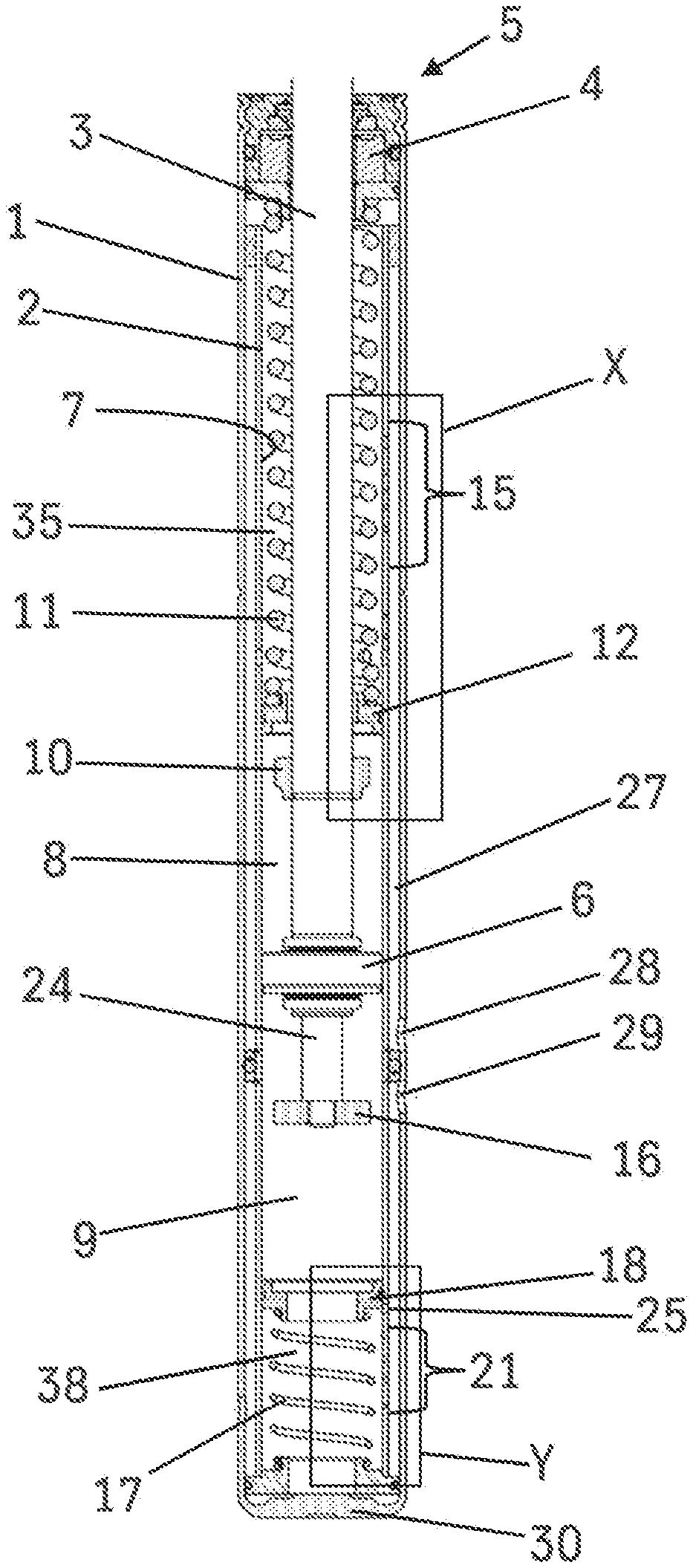ThyssenKrupp has been granted a patent for a hydraulic vibration damper. The damper includes inner and outer tubes filled with damping liquid, a piston rod, a sealing and guide pack, and a working piston. The damper also has rebound and compression stops that produce travel- and speed-dependent forces. The patent also includes details about the structure and function of the rebound and compression stops. GlobalData’s report on ThyssenKrupp gives a 360-degree view of the company including its patenting strategy. Buy the report here.
According to GlobalData’s company profile on ThyssenKrupp, Hydrogen fuel cells was a key innovation area identified from patents. ThyssenKrupp's grant share as of September 2023 was 60%. Grant share is based on the ratio of number of grants to total number of patents.
Hydraulic vibration damper with travel-dependent rebound and compression stops

A recently granted patent (Publication Number: US11773941B2) describes a hydraulic vibration damper with improved damping capabilities. The damper consists of an outer tube and an inner tube filled with damping liquid. The inner tube includes radial bores that are spaced apart from each other in an axial direction. A piston rod is housed within the inner tube and can move in both the rebound and compression directions. The piston rod is connected to a working piston, which produces damping forces. The working piston is guided on the inner lateral surface of the inner tube and divides the interior into a piston rod-side working space and a piston rod-remote working space.
The damper includes a rebound stop in the piston rod-side working space and a compression stop in the piston rod-remote working space. The rebound stop consists of a first auxiliary piston supported by a spring and guided on the inner lateral surface of the inner tube. The first auxiliary piston travels over the radial bores, reducing their throughflow cross-section and increasing the rebound stop force. Similarly, the compression stop includes a second auxiliary piston guided on the inner lateral surface of the inner tube. The second auxiliary piston travels over radial bores, reducing their throughflow cross-section and increasing the compression stop force.
The damper also features a connecting passage on the outer tube that connects an annular space between the inner and outer tubes to a damping force adjustment device. The damping liquid displaced by the first auxiliary piston flows directly through the radial bores into the annular space and is communicated to the connecting passage. The inner tube includes an overflow passage that hydraulically connects the piston rod-side working space to the damping force adjustment device. The piston rod-side working space and the piston rod-remote working space are connected to the annular space via the overflow passage and connecting passages on the outer tube.
The patent claims that the damping force of the hydraulic vibration damper can be adjusted steplessly or according to predetermined discrete damping force characteristics using the damping force adjustment device. The damping forces of the rebound and compression stops are coordinated with the damping forces produced by the adjustment device to achieve a harmonic damping force profile over the total axial movement region of the working piston.
Overall, this patented hydraulic vibration damper offers improved damping capabilities through the use of auxiliary pistons, radial bores, and a damping force adjustment device.
To know more about GlobalData’s detailed insights on ThyssenKrupp, buy the report here.
Data Insights
From

The gold standard of business intelligence.
Blending expert knowledge with cutting-edge technology, GlobalData’s unrivalled proprietary data will enable you to decode what’s happening in your market. You can make better informed decisions and gain a future-proof advantage over your competitors.



